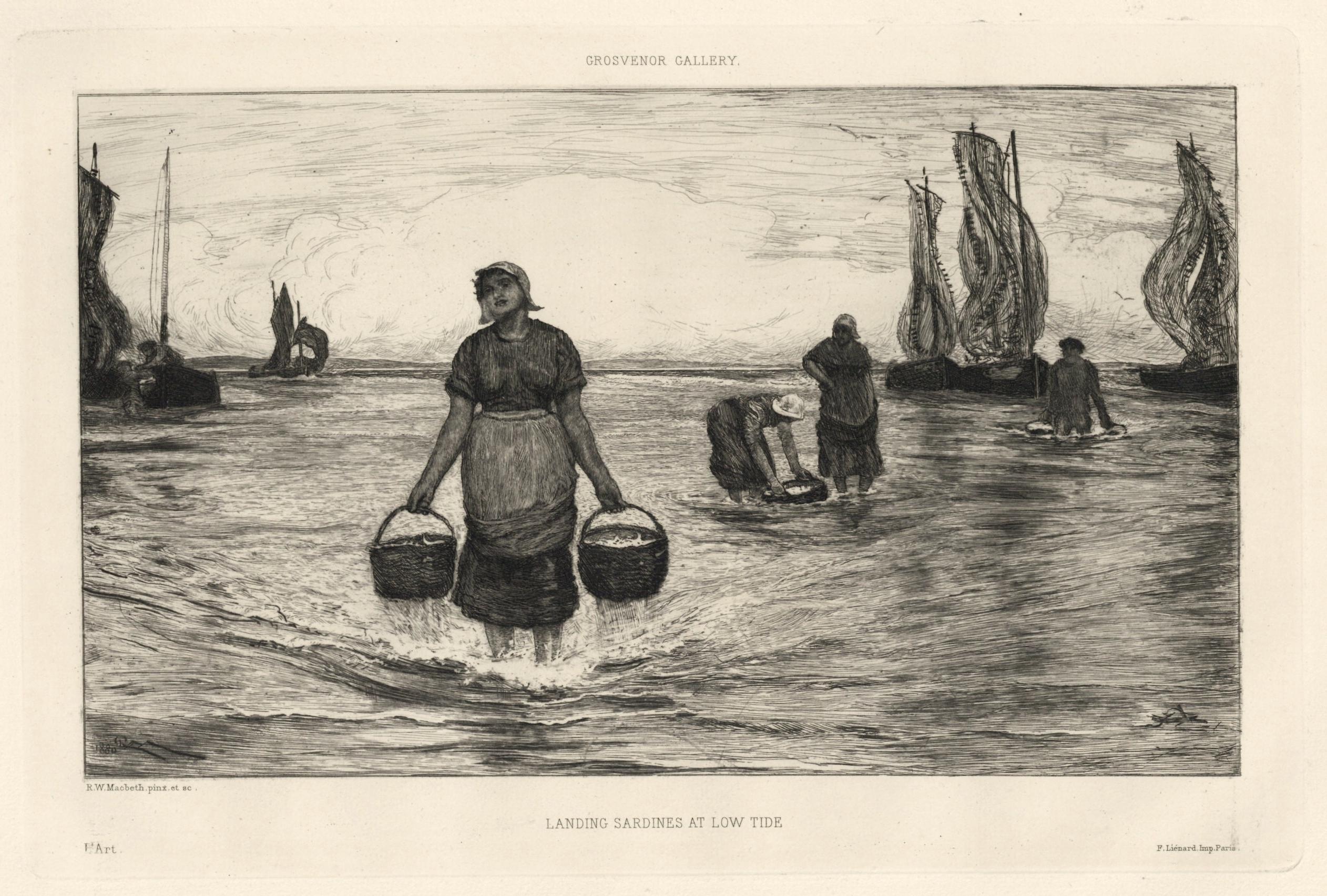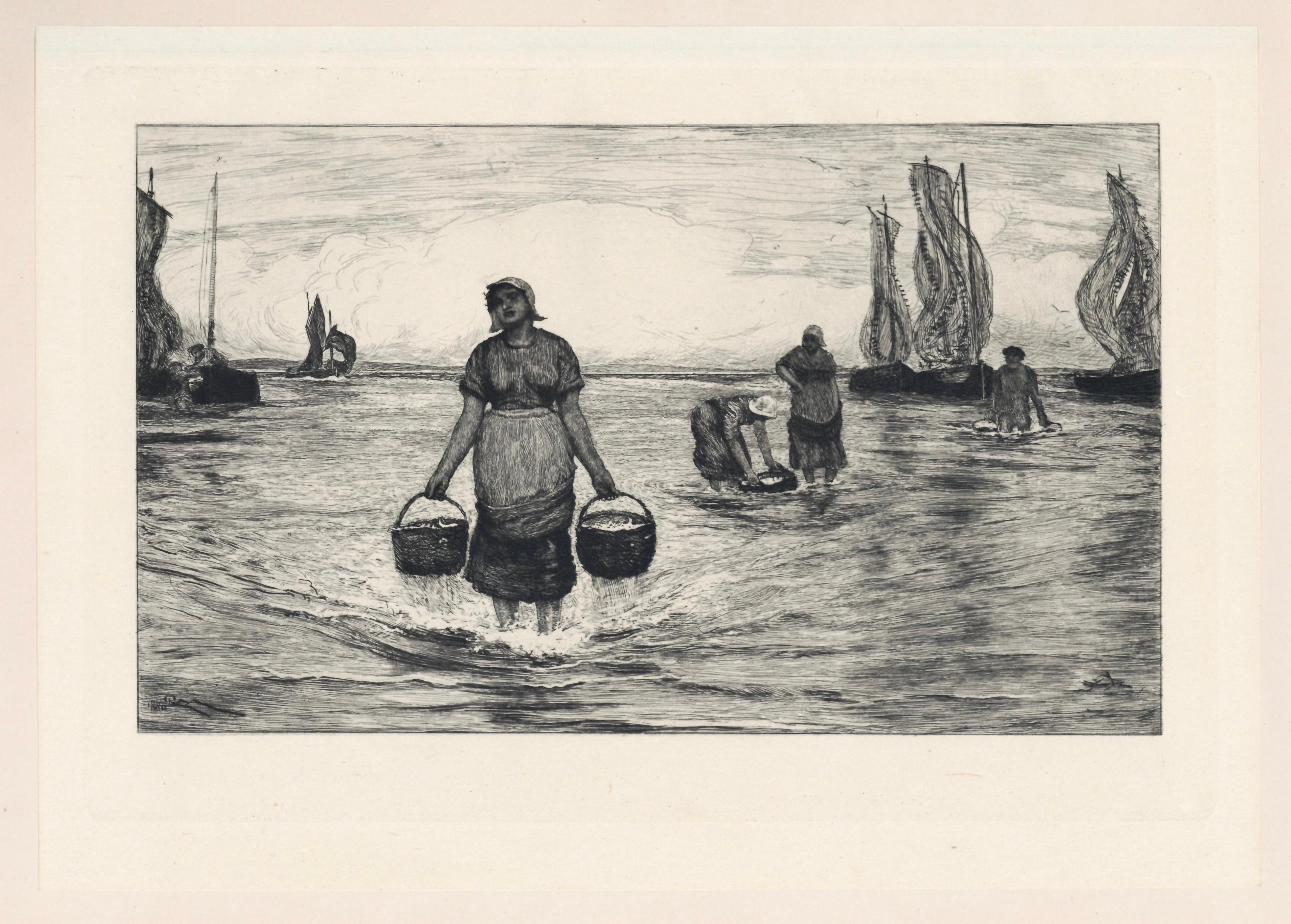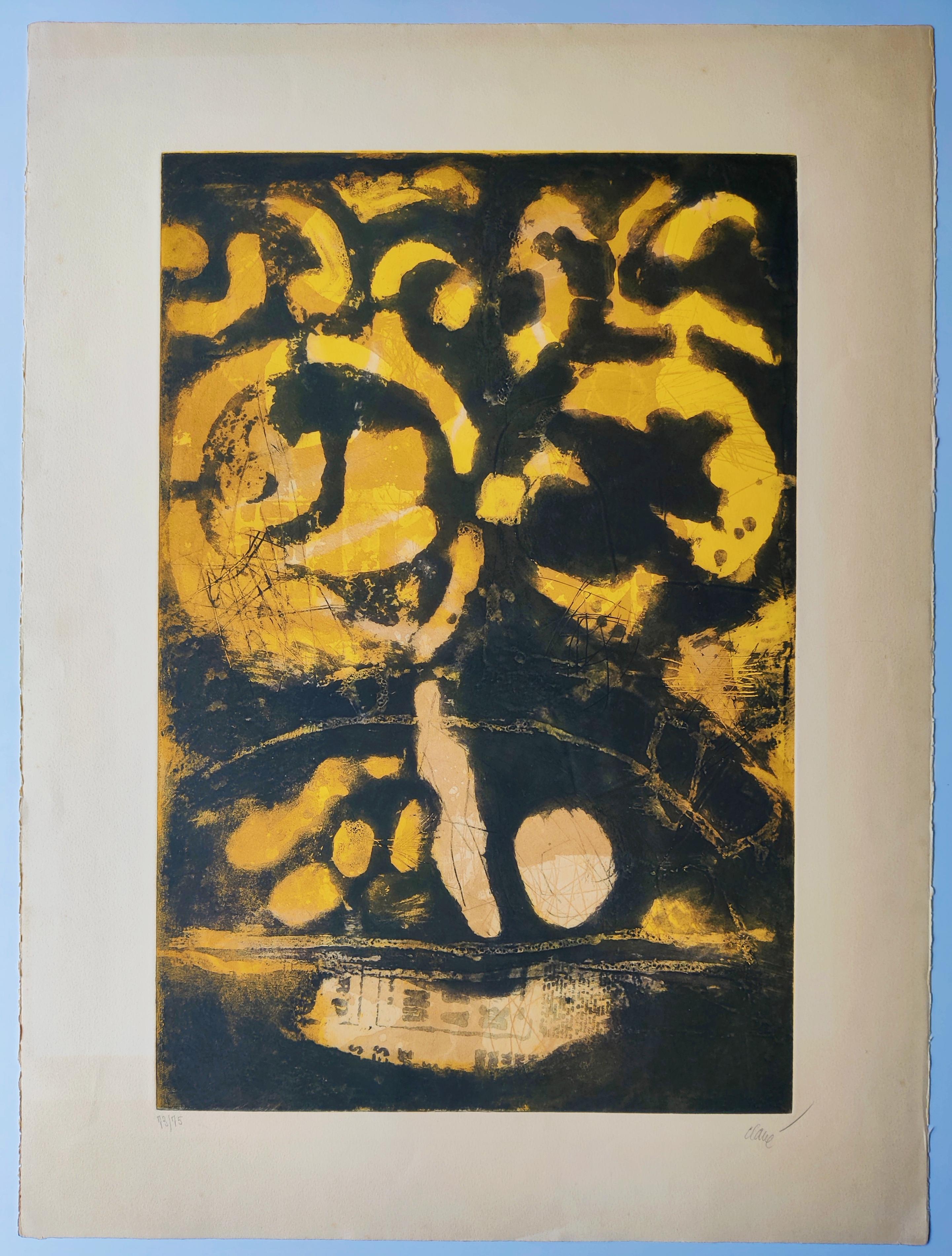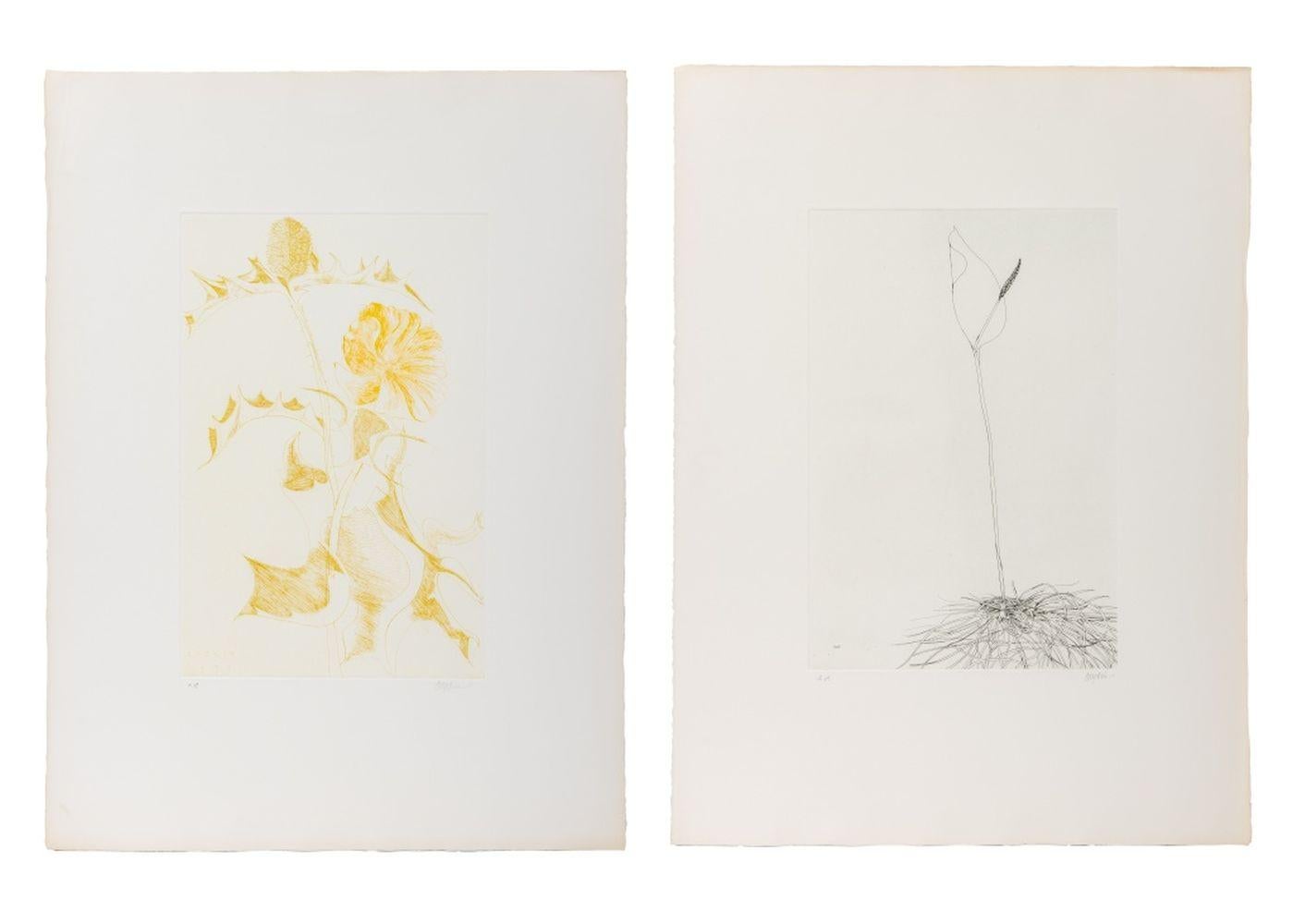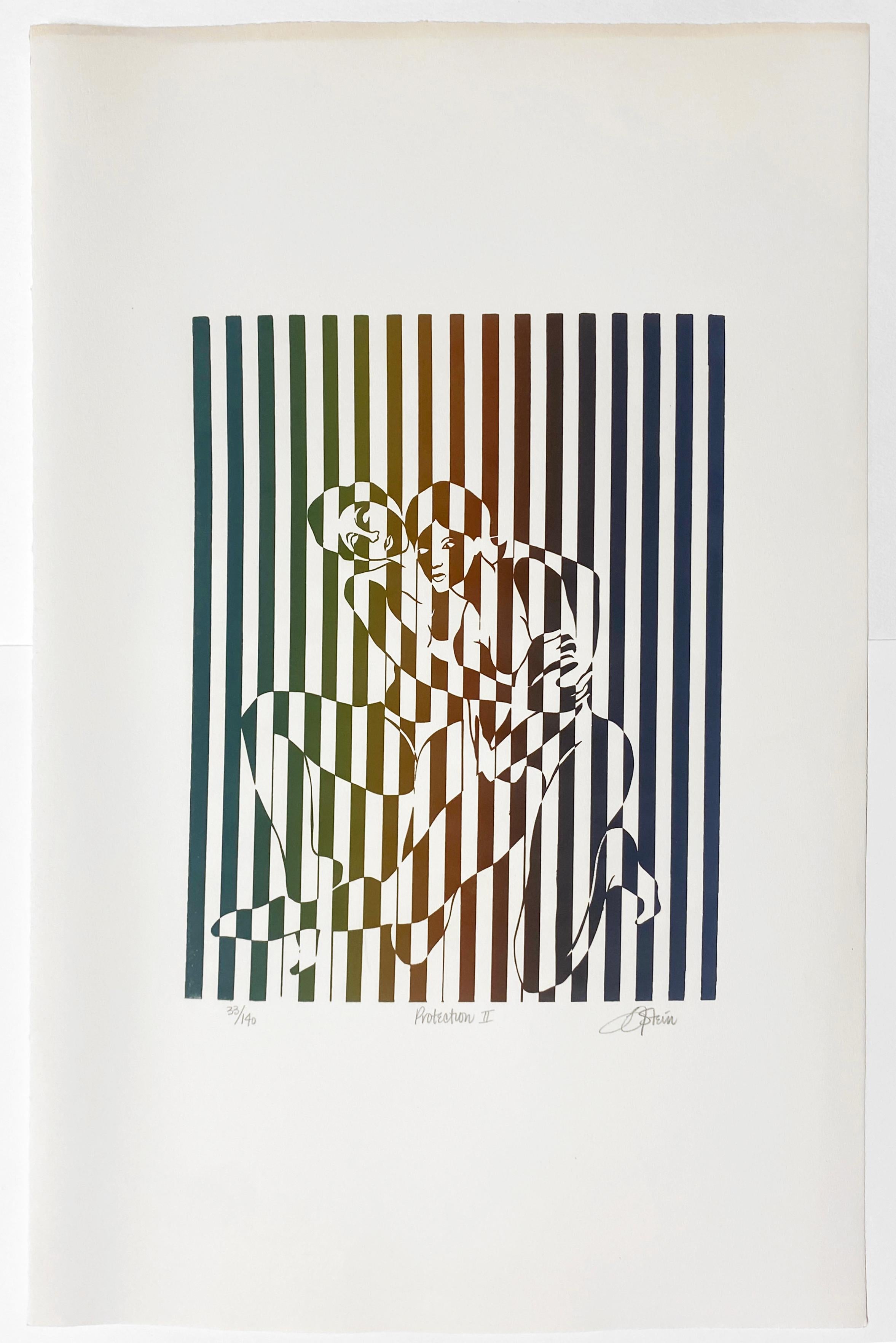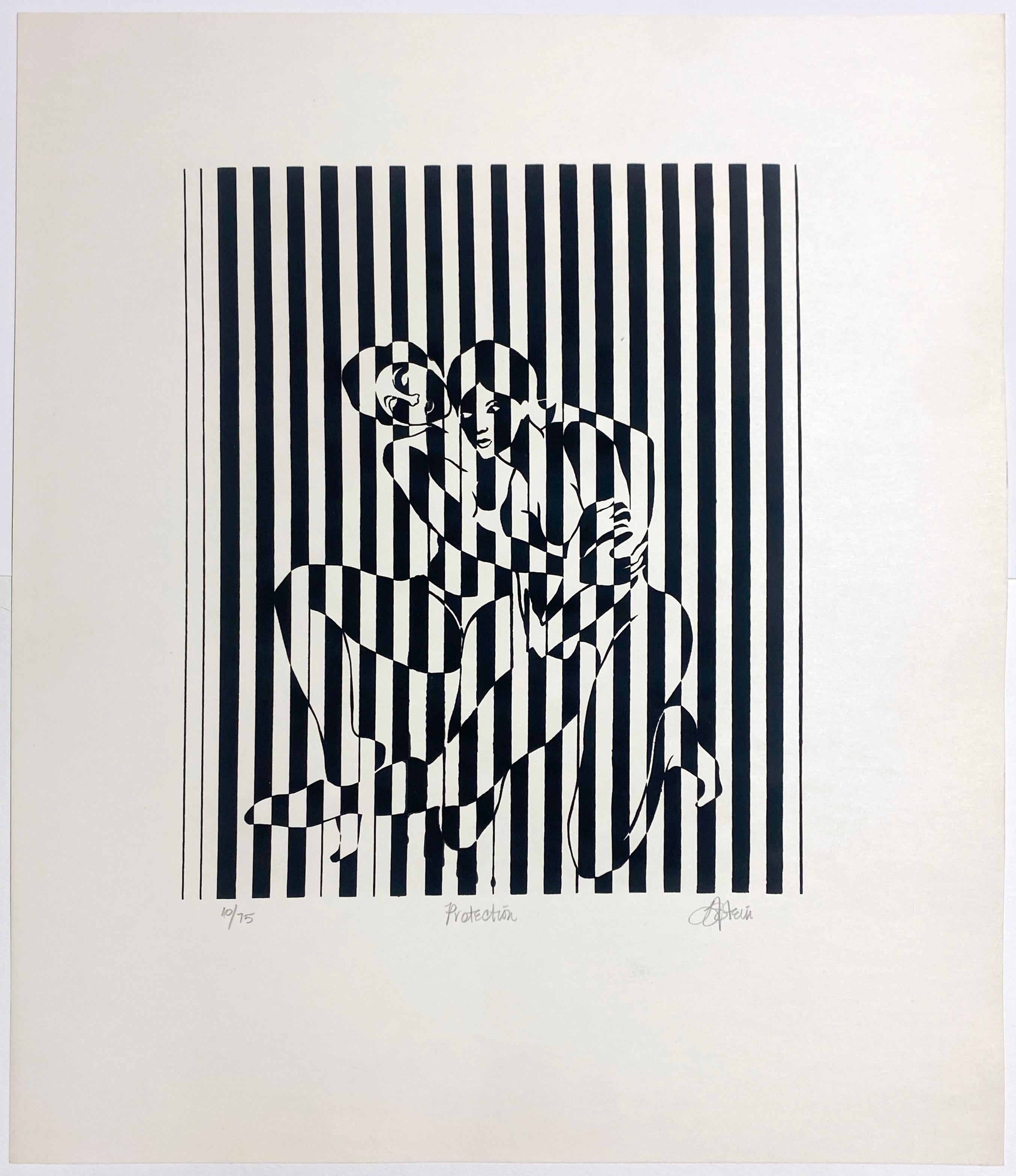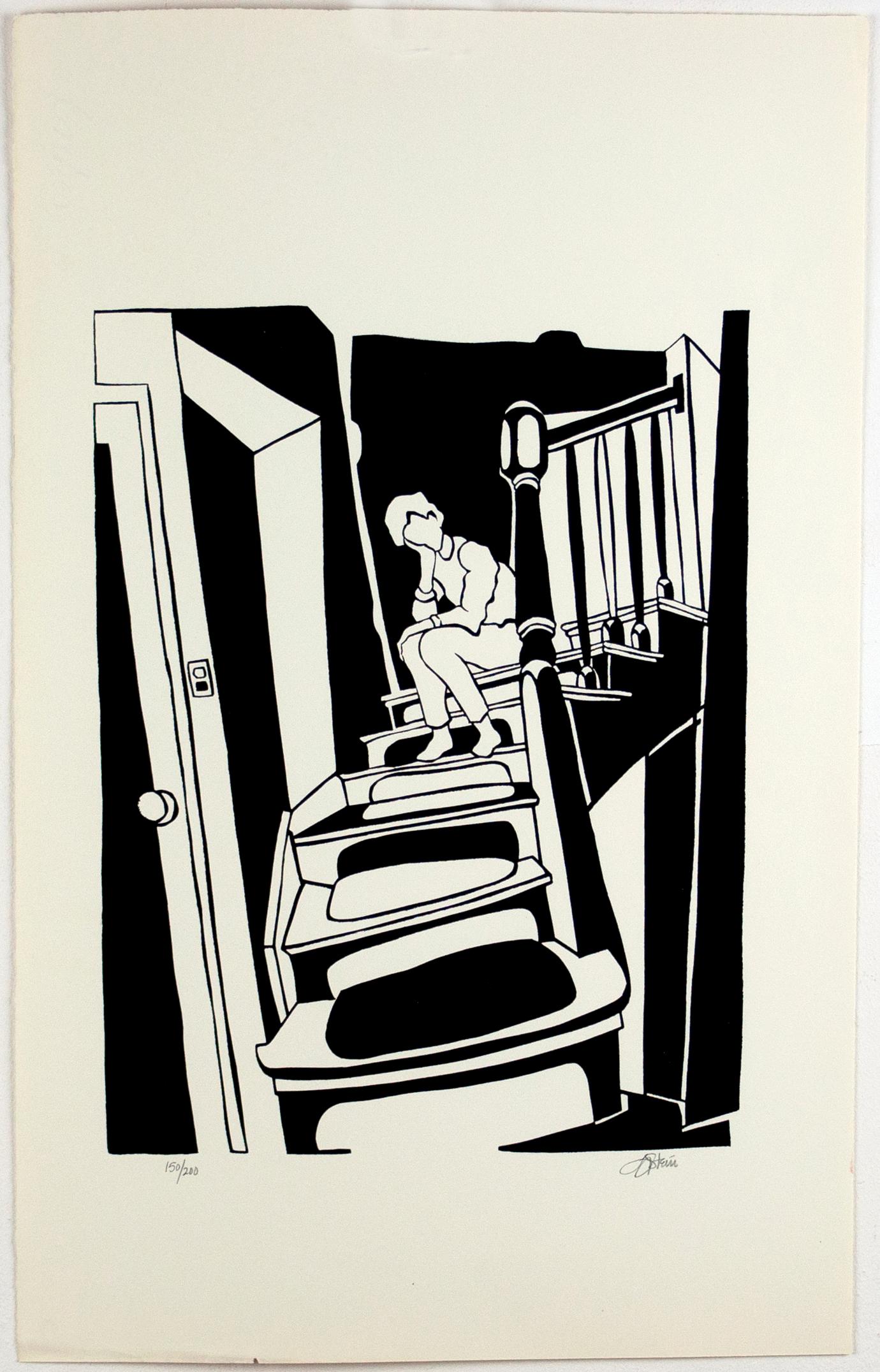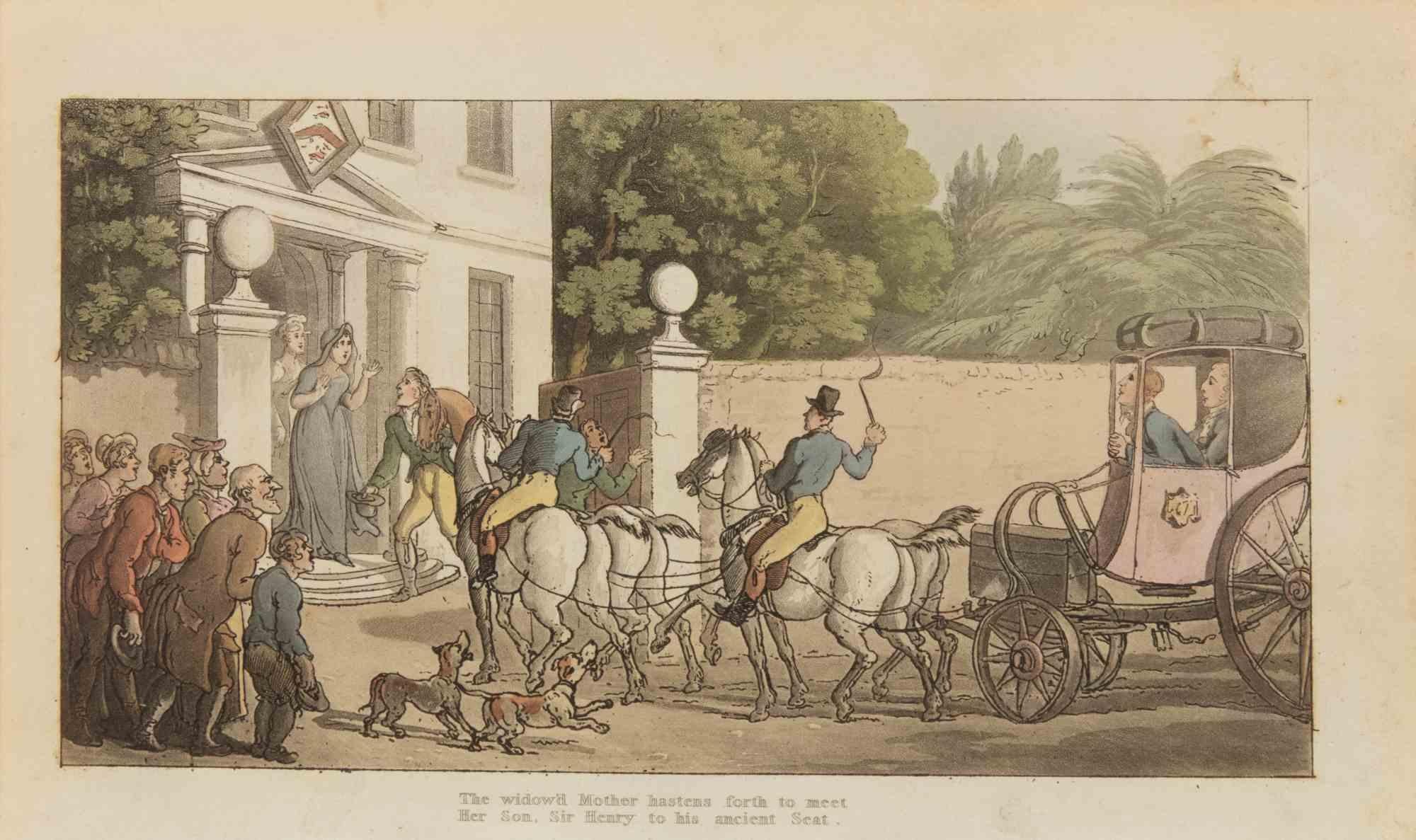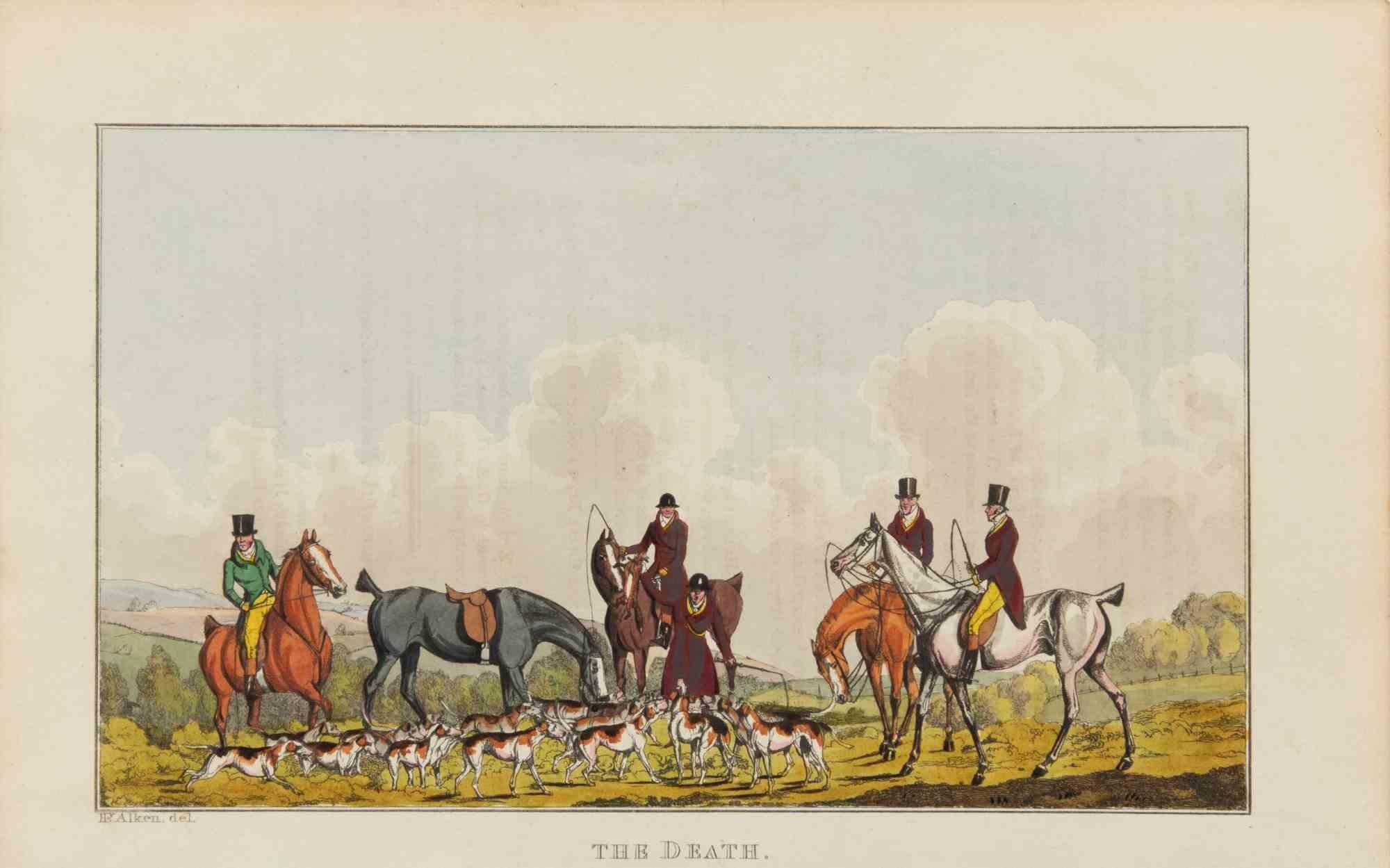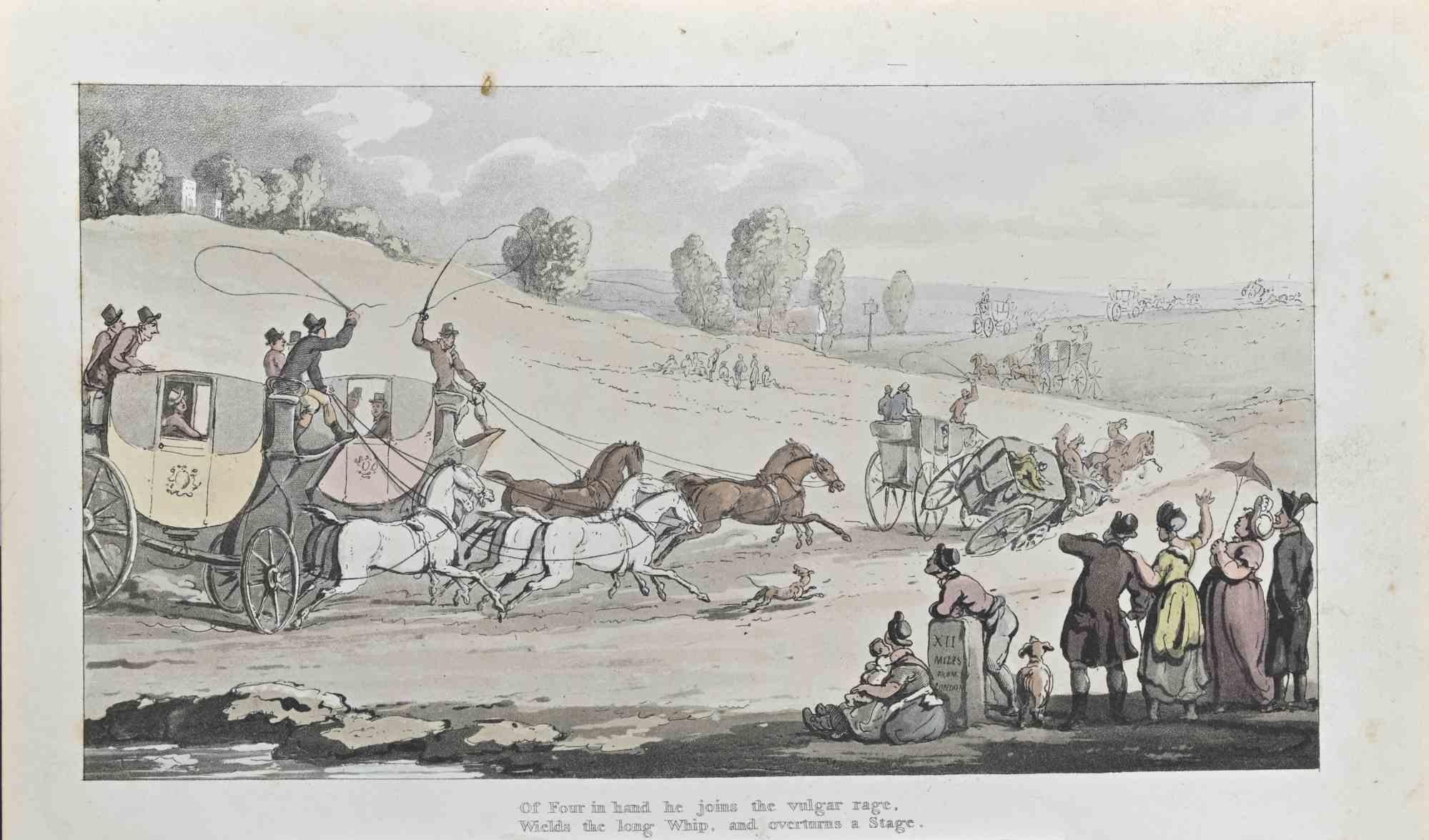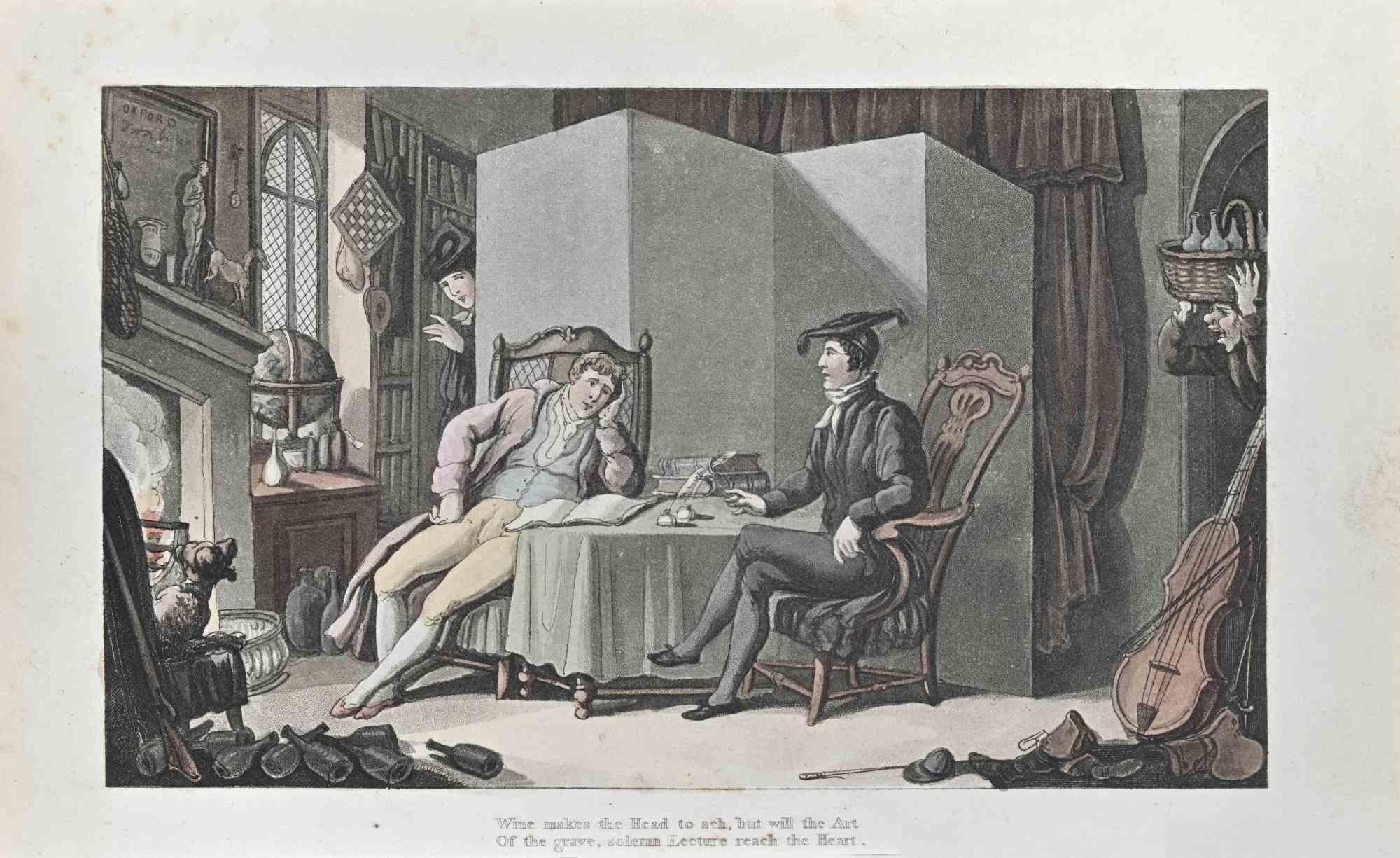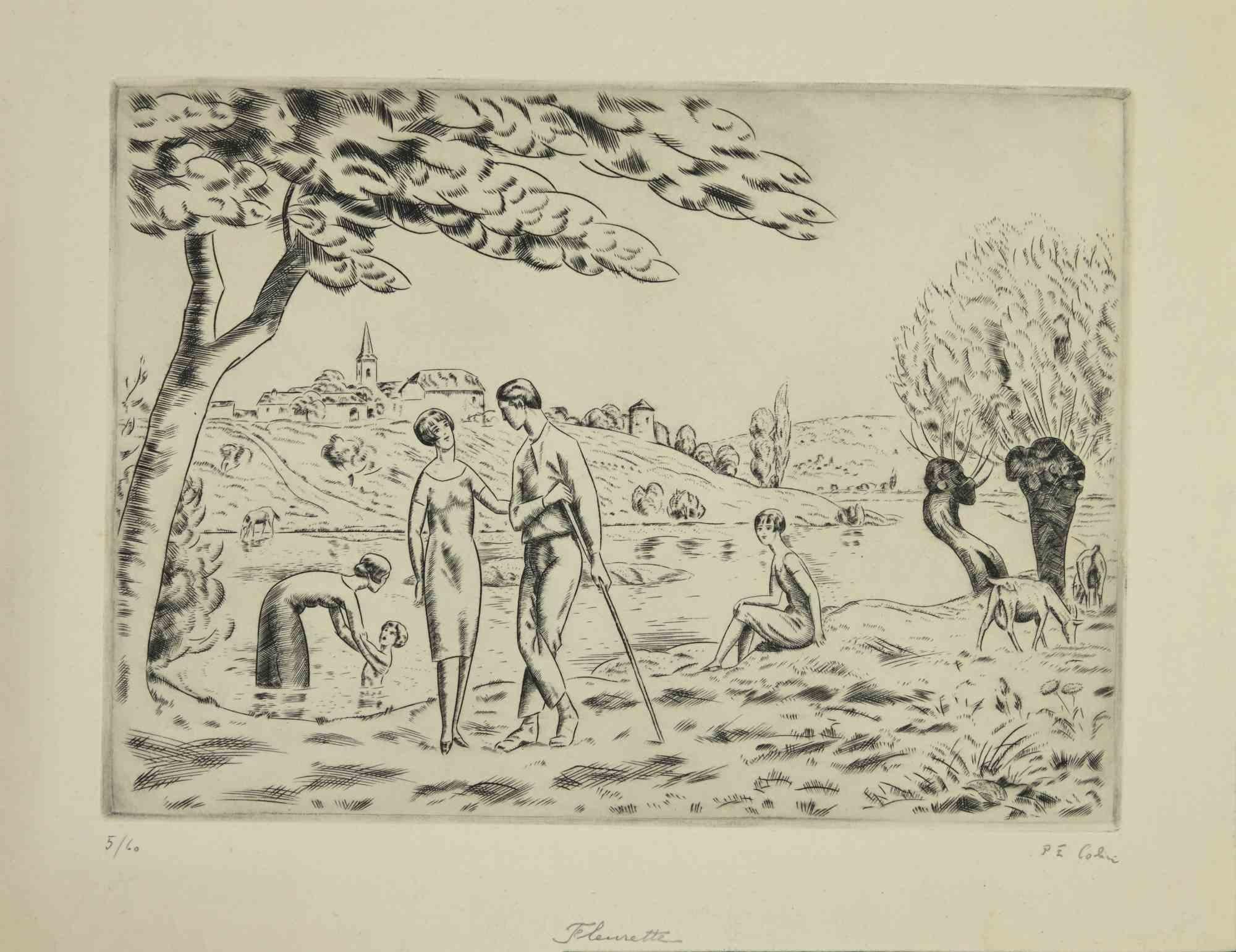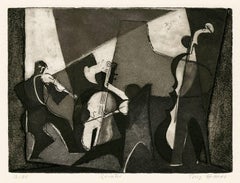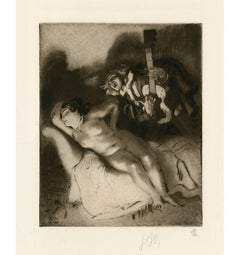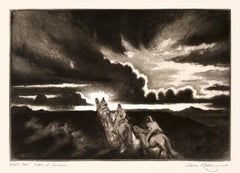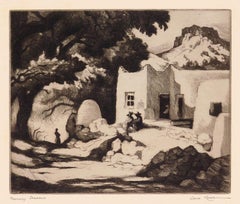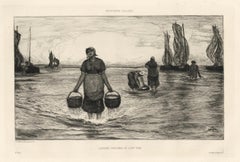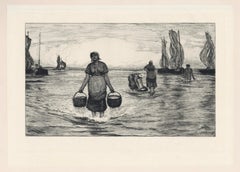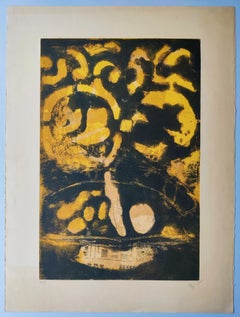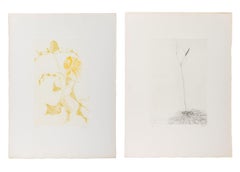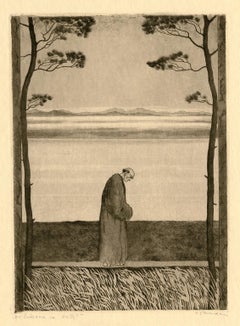
The Solitary One in Autumn, Of Youth, The Drunkard in Spring (3 works)
View Similar Items
Want more images or videos?
Request additional images or videos from the seller
1 of 4
Arthur PaunzenThe Solitary One in Autumn, Of Youth, The Drunkard in Spring (3 works)1920
1920
Price:$1,620
About the Item
About the Seller
5.0
Recognized Seller
These prestigious sellers are industry leaders and represent the highest echelon for item quality and design.
Platinum Seller
Premium sellers with a 4.7+ rating and 24-hour response times
Established in 1995
1stDibs seller since 2016
316 sales on 1stDibs
Typical response time: 1 hour
Associations
International Fine Print Dealers Association
Authenticity Guarantee
In the unlikely event there’s an issue with an item’s authenticity, contact us within 1 year for a full refund. DetailsMoney-Back Guarantee
If your item is not as described, is damaged in transit, or does not arrive, contact us within 7 days for a full refund. Details24-Hour Cancellation
You have a 24-hour grace period in which to reconsider your purchase, with no questions asked.Vetted Professional Sellers
Our world-class sellers must adhere to strict standards for service and quality, maintaining the integrity of our listings.Price-Match Guarantee
If you find that a seller listed the same item for a lower price elsewhere, we’ll match it.Trusted Global Delivery
Our best-in-class carrier network provides specialized shipping options worldwide, including custom delivery.More From This Seller
View All'Quintet' — Mid-Century Modernism, Atelier 17
By Terry Haass
Located in Myrtle Beach, SC
Terry Haass, 'Quintet', etching and aquatint, edition 20, c. 1948. Signed, titled, and numbered '12/20' in pencil. A superb, richly-inked impression, on off-white wove paper, with fu...
Category
1940s Modern Abstract Prints
Materials
Etching, Aquatint
'The Serenade' — Fin-de-siècle French Romantic Eroticism
By Louis Legrand
Located in Myrtle Beach, SC
Louis Legrand, 'The Serenade', soft-ground etching, drypoint, and aquatint, c. 1895, edition 20. Signed and numbered '9/20' in pencil. Annotated '20 proofs taken' in pencil, bottom l...
Category
1890s Post-Impressionist Nude Prints
Materials
Drypoint, Etching, Aquatint
$960 Sale Price
20% Off
'Riders at Sundown' — Mid-Century Southwest Regionalism
By Gene Kloss
Located in Myrtle Beach, SC
'Riders at Sundown', aquatint and drypoint, edition 75, 1953, Kloss 451. Signed, titled, and annotated 'Artist's Proof' in pencil. A superb, richly-inked, atmospheric impression, in ...
Category
1950s American Modern Landscape Prints
Materials
Drypoint, Aquatint
'Noonday Shadows' — Mid-Century Southwest Regionalism
By Gene Kloss
Located in Myrtle Beach, SC
'Noonday Shadows', etching and drypoint, edition 75, 1941, Kloss 376. Signed, and titled in pencil. A superb, richly inked impression, in warm black ink, on buff wove paper, in excel...
Category
1950s American Modern Landscape Prints
Materials
Drypoint, Etching
'The Gateway to the New World' — Vintage New York City
By Otto Kuhler
Located in Myrtle Beach, SC
Otto Kuhler, 'The Gateway to the New World', etching (artist's proof), edition 16, 1926, Kennedy 25. Signed in pencil and annotated 'Japan Silk Paper - Trial Proof - Ltd. Ed. Del. et...
Category
1920s American Modern Figurative Prints
Materials
Etching
'Cargo Carriers' — New York Harbor
By Otto Kuhler
Located in Myrtle Beach, SC
Otto Kuhler, 'Cargo Carriers', etching and drypoint, c. 1932, edition 10, Kennedy 44. Signed in pencil. A superb, atmospheric impression with rich burr and selectively wiped overall plate tone, in dark brown ink, on Arches cream laid paper; wide margins (2 to 2 3/4 inches), in very good condition. Printed by the artist. Original Kennedy Galleries mat and label. Very scarce.
"On my trips up and down N.Y. harbor on the Weehawken Ferry, the late evening sun playing on the side of the big liners has always intrigued me... The liner shown I believe to be the Vaterland of the North German Lloyd...
Category
1930s American Modern Figurative Prints
Materials
Etching, Drypoint
$1,440 Sale Price
20% Off
You May Also Like
"Landing Sardines at Low Tide" original etching
Located in Henderson, NV
Medium: original etching. This impression on cream laid paper was printed in 1880 by Francois Lienard and published in Paris by L'Art. Plate size: 8 x 12 1/4 inches (205 x 310 mm). S...
Category
1880s Prints and Multiples
Materials
Etching
"Landing Sardines at Low Tide" original etching
Located in Henderson, NV
Medium: original etching. This impression on japon paper was printed in 1880 by Francois Lienard (before letters were added) and published in Paris for a deluxe edition of L'Art. Pla...
Category
1880s Prints and Multiples
Materials
Etching
Antoni Clavé -- Guerrier
By Antoni Clavé
Located in BRUCE, ACT
Antoni Clave
Guerrier, 1970
Etching with Aquatint, signed and numbered in pencil
Edition: 73/75 lower left
Signed lower right
Size: 76 x 56 cm
FREE SHIPPING
Category
1970s Abstract Prints
Materials
Etching, Aquatint
$784 Sale Price
20% Off
Botanical Scenes, 2
By Leonard Baskin
Located in Astoria, NY
Leonard Baskin (American, 1922-2000), Two Botanical Scenes, Etchings on Wove Paper, 1970, each signed and dated in plate and marked edition "A.P." lower left and signed in pencil low...
Category
1970s Contemporary Abstract Prints
Materials
Paper, Etching
Colorful Signed Etching Limited Edition Fine Art Print - Protection 430
Located in New York, NY
Linda Stein, Protection 430 - Colorful Signed Etching Limited Edition Fine Art Print
Linda Stein has been practicing art for the last six decades. This limited edition etching fro...
Category
1960s Feminist Figurative Prints
Materials
Etching
Black and White Signed Etching Limited Edition Fine Art Print - Protection 430
Located in New York, NY
Linda Stein, Protection 430 - Black and White Signed Etching Limited Edition Fine Art Print
Linda Stein has been practicing art for the last six decades. This limited edition etch...
Category
1960s Feminist Figurative Prints
Materials
Etching
Recently Viewed
View AllMore Ways To Browse
Gustav Mahler
Indian Chief Print
Los Angeles Travel Poster
Phantom Hands
Winter Sports Poster
American Indian Village Painting
Cappiello Original
Map Of Poland
Marc Chagall 1974
Marc Chagall Gouache
Nude Line Drawing Abstract
Picasso Etching Signed 1939
Rudolph Ackermann
Salvador Dali Song Of Songs Prints
Salvador Dali Song Of Songs
Shakespeare Lithograph
Takashi Murakami Louis Vuitton Signed
1980s Advertising Poster
